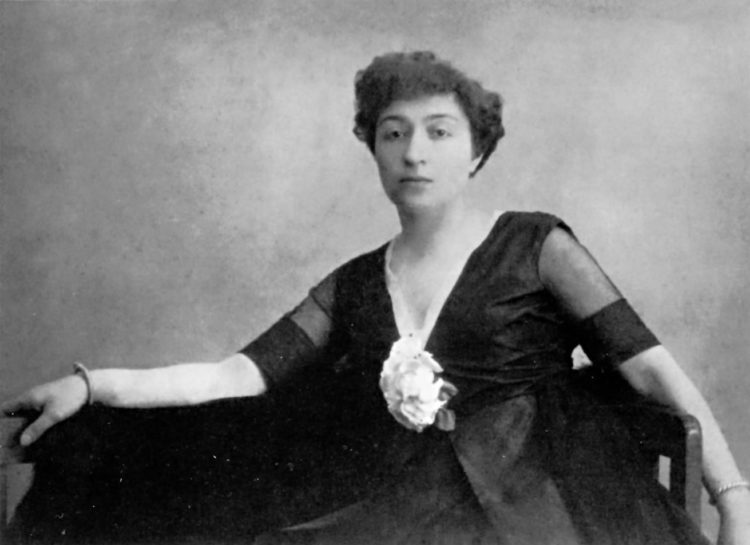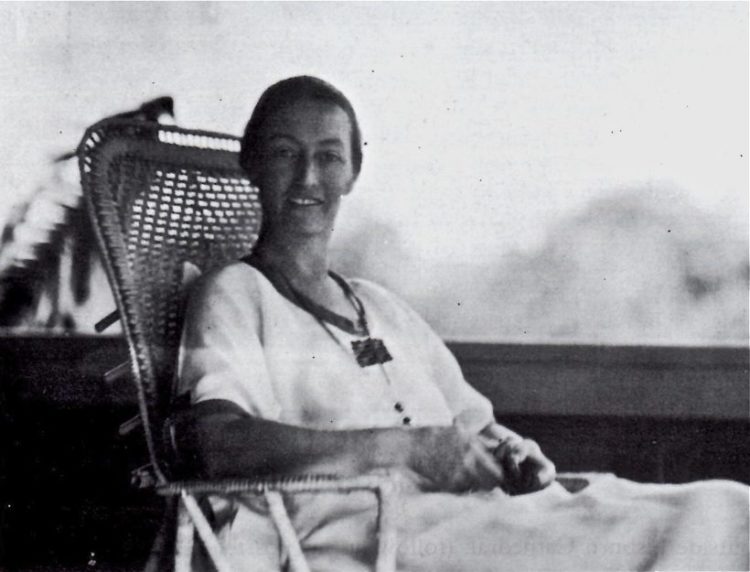Marevna
Marevna, Mémoires d’une nomade, Paris, Encre, 1979
Marevna et les Montparnos, Musée Bourdelle, Paris, 25 September – 15 November 1985
→Marevna (1892-1984), Musée du Petit Palais, Genève, 8 January – 14 February 1971
Russian painter.
Marevna was born to an actress and adopted by a Polish aristocrat when she was two years old. She spent most of her childhood in the Caucasus, surrounded by Byzantine culture. At the age of eighteen, she moved to Moscow, where she lived alone while studying at the Stroganov Academy of Decorative Arts and at the Free Academy. After spending some time in Rome and Capri, where Maxim Gorki came up with her pseudonym, she arrived in Paris in 1912, and studied at the Colarossi Academy and Russian Academy, where she perfected her painting of nudes. Like many exiled artists, she spent her time copying masterpieces at the Louvre, visiting galleries and museums, and travelling regularly. Her father’s death in 1914 left her to fend for herself. To this end, she illustrated a collection of poems by Ilya Ehrenburg and started showing her paintings at the Salon des Tuileries, Salon des Indépendants, and Salon d’automne, where her cubist work caught the eye of gallerists Léonce Rosenberg and Gustave Kahn. Showing great freedom of spirit, her work from 1920 to 1943 shifted from synthetic cubism to a colourful form of neo-impressionism, a reflection on the sources of cubism. While she was known to paint landscapes and still lifes, the human figure remained central to her production. She gave birth to a daughter in 1919 from her relationship with Diego Rivera, before the muralist moved back to Mexico. This forced her to increase her work in the decorative field in order to make a decent living, most notably creating fabric patterns inspired by Georgian designs for Paul Poiret.
A solo exhibition of her work was held in 1936 at the Zborowski Gallery. During the war, she hid in the South of France before joining her daughter in England in 1949. This was probably when she wrote her memoirs, in which she denounced the specific difficulties faced by women artists. She returned to the mainland in the 1960s to paint portraits of her old friends (Homage to Friends from Montparnasse, 1962), reworking various paintings she had made around 1920. She had exhibitions in London in 1951 and in Paris in 1953. Retrospectives of her work were held at the Petit Palais in Geneva in 1971 and a year after her death at the Musée Bourdelle in Paris.
© Éditions des femmes – Antoinette Fouque, 2013
© Archives of Women Artists, Research and Exhibitions, 2018




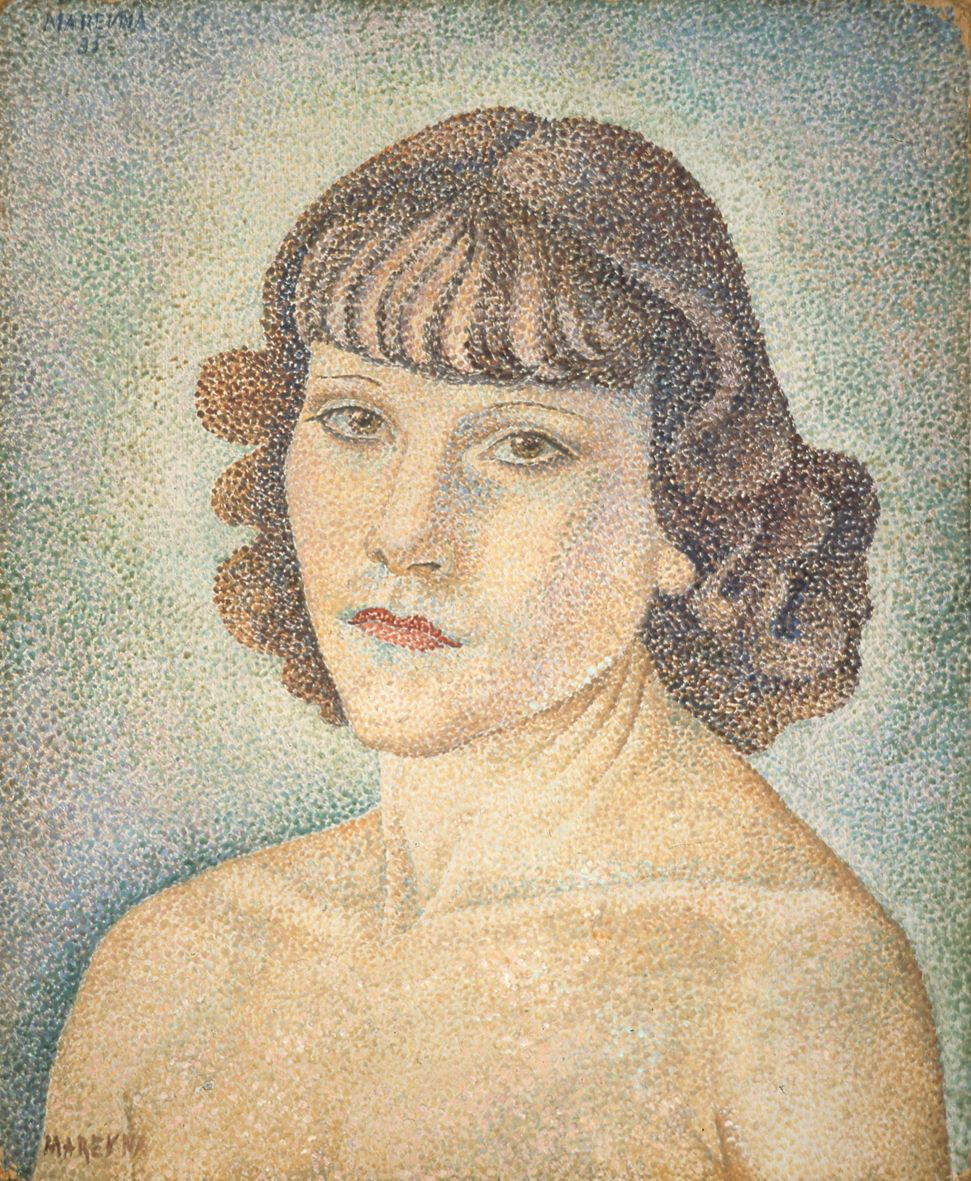
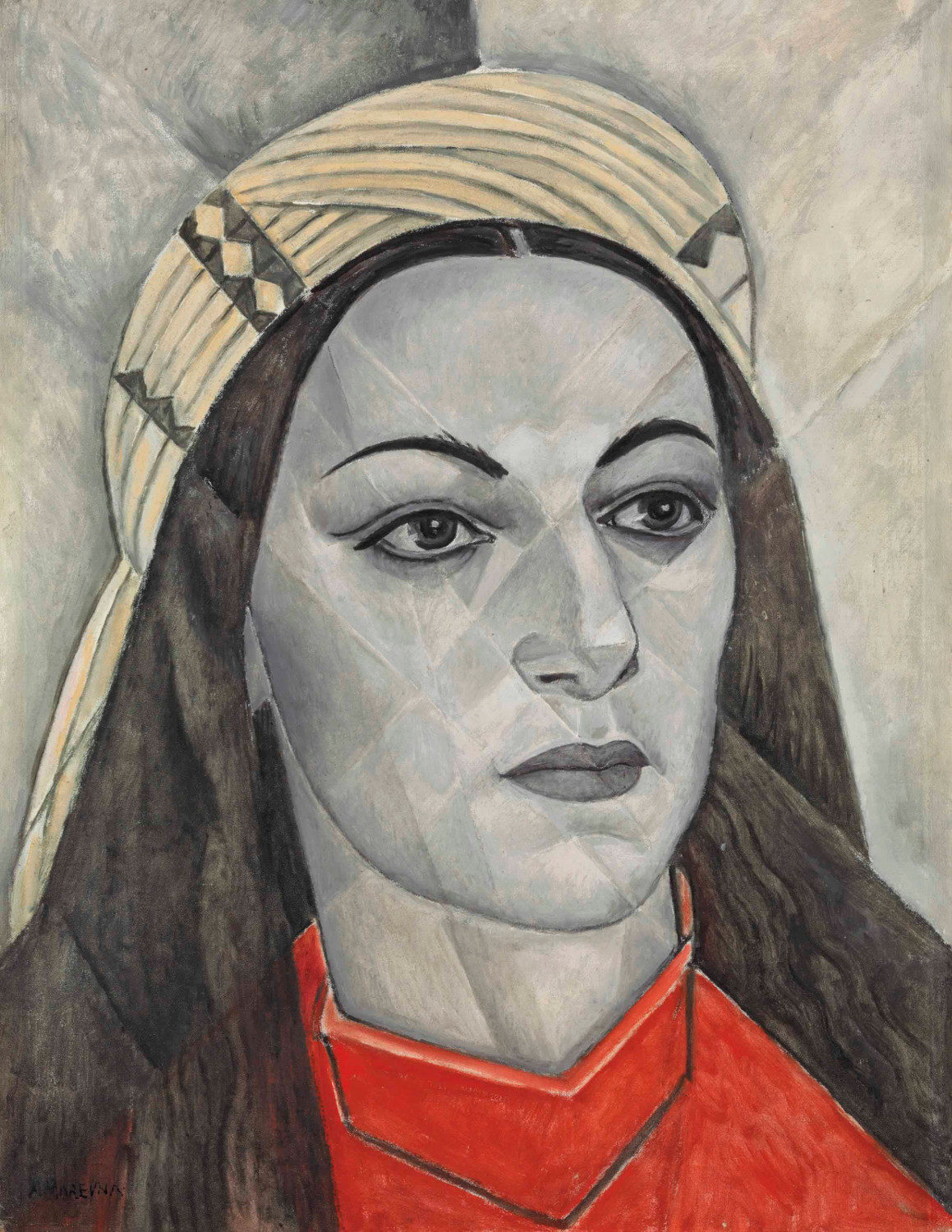
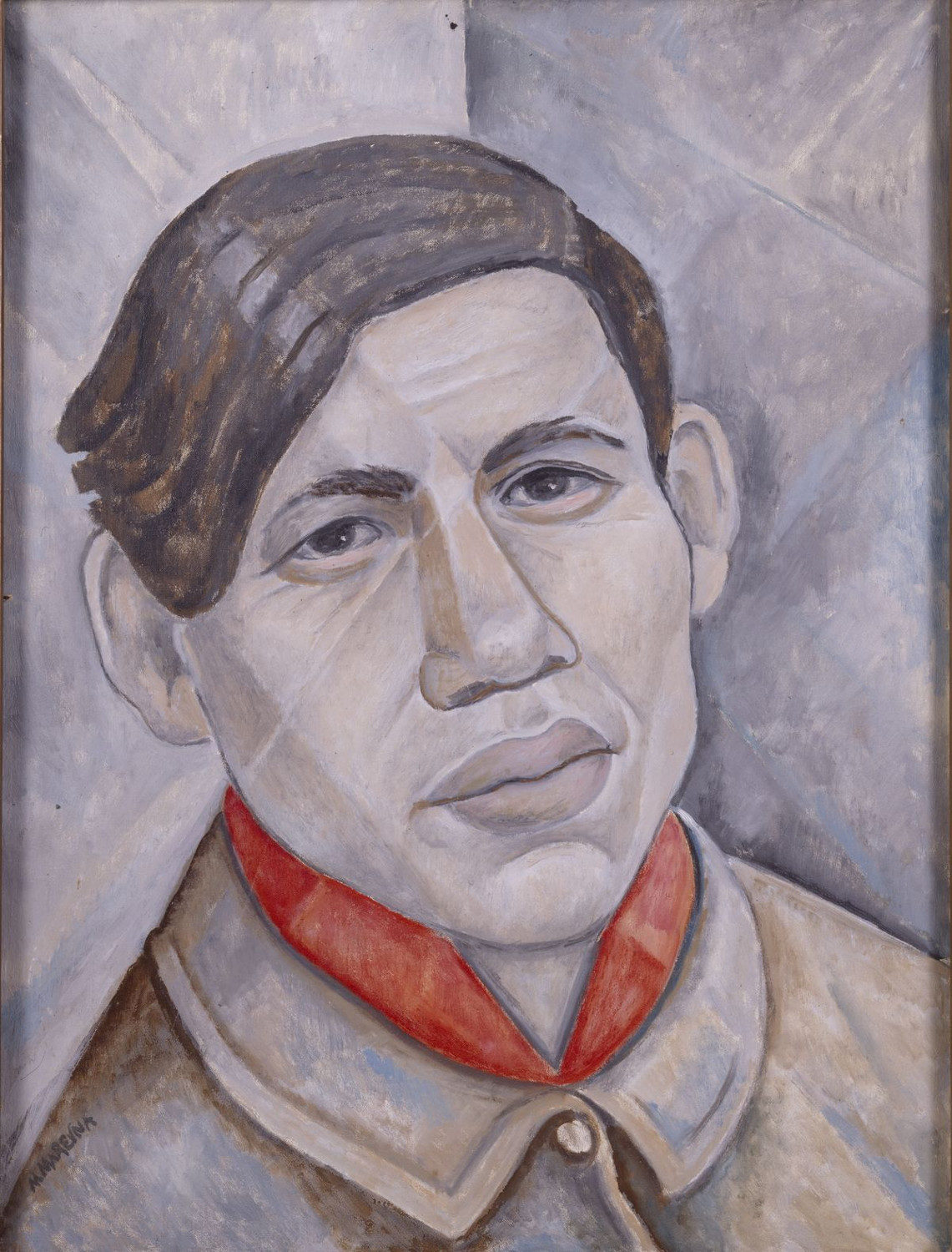
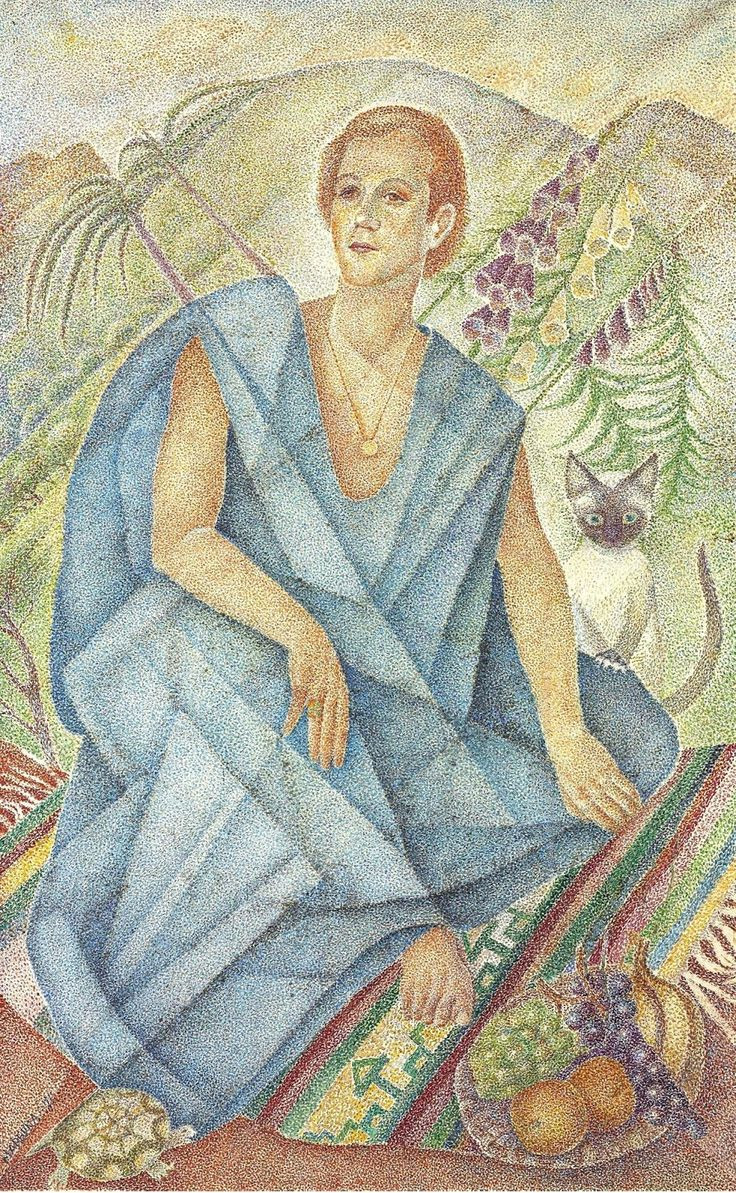
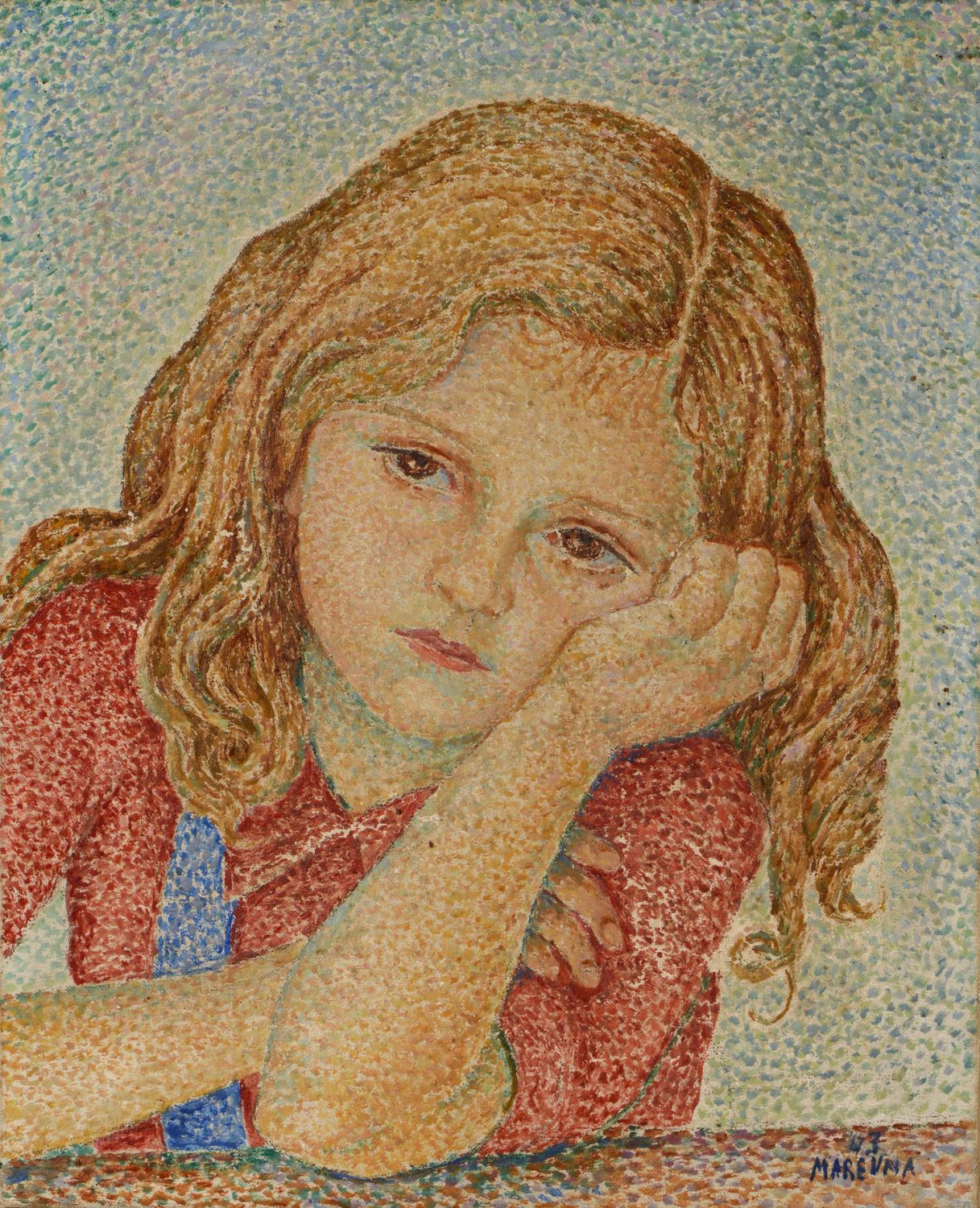
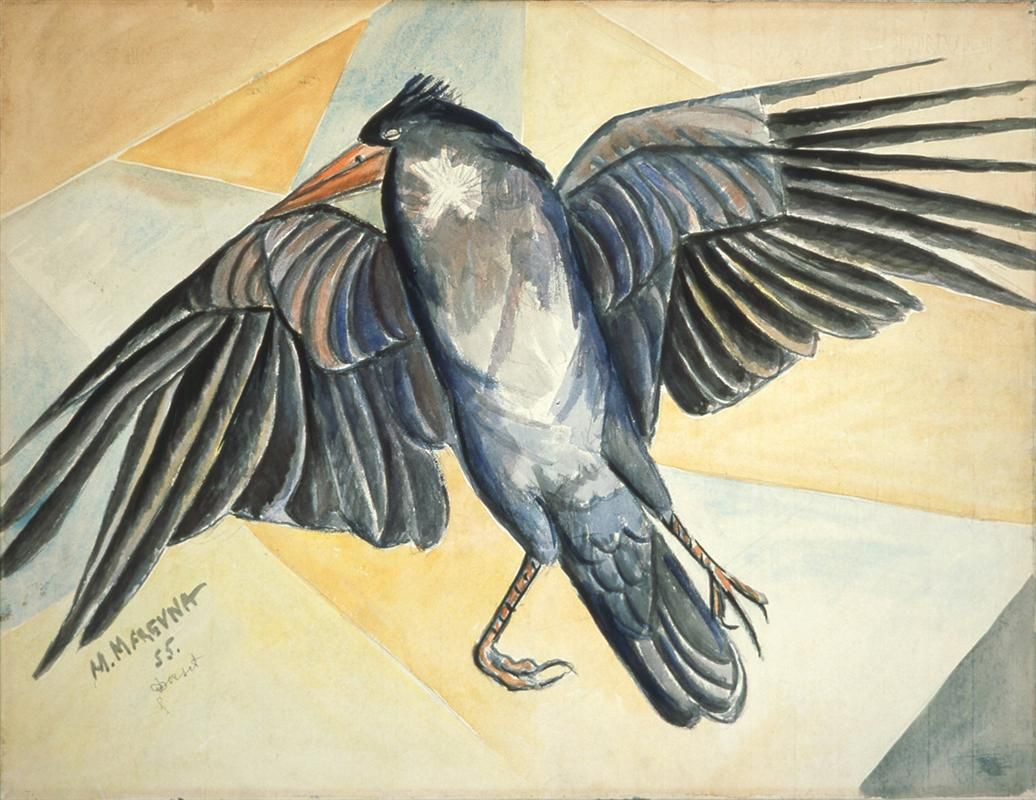
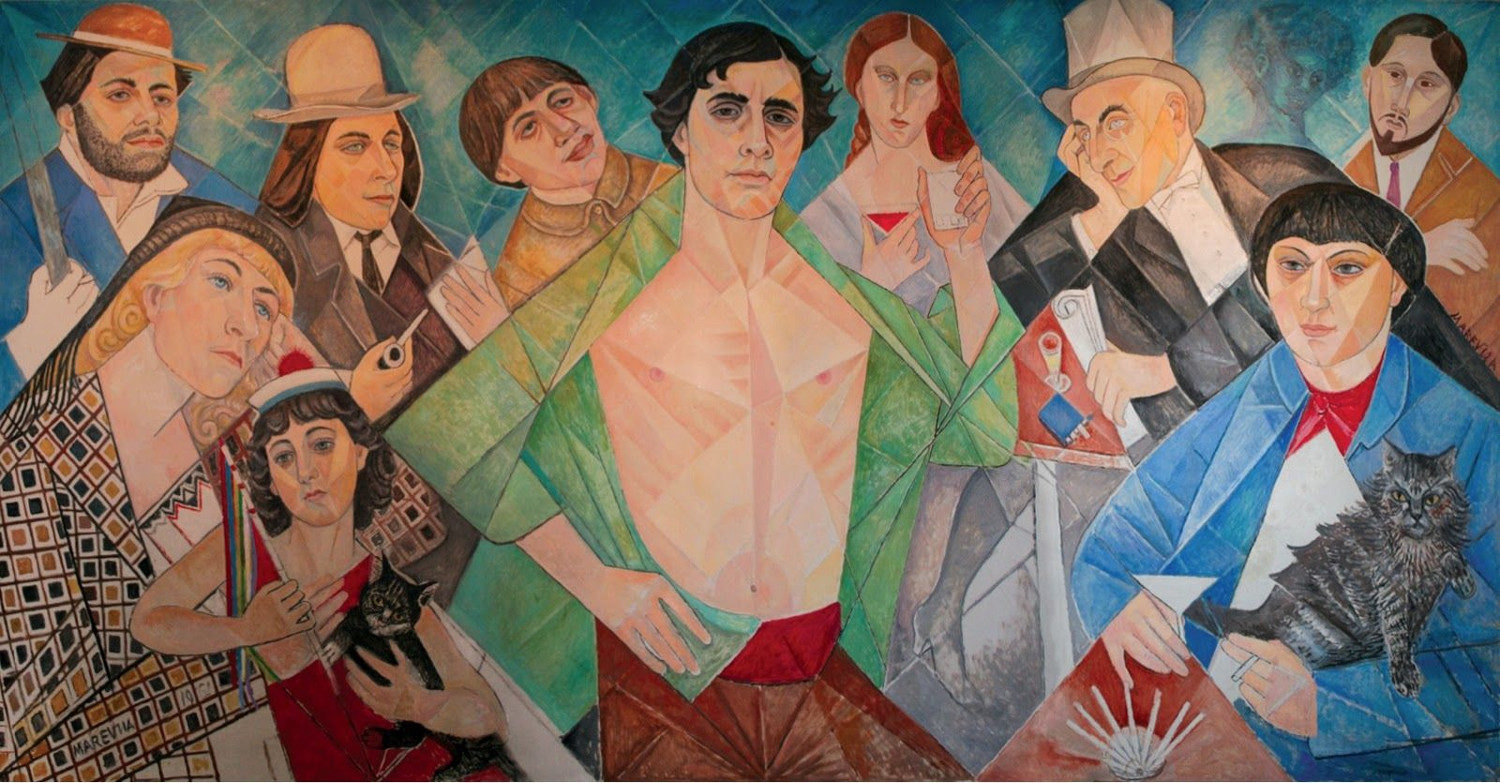





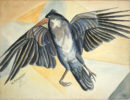
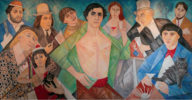
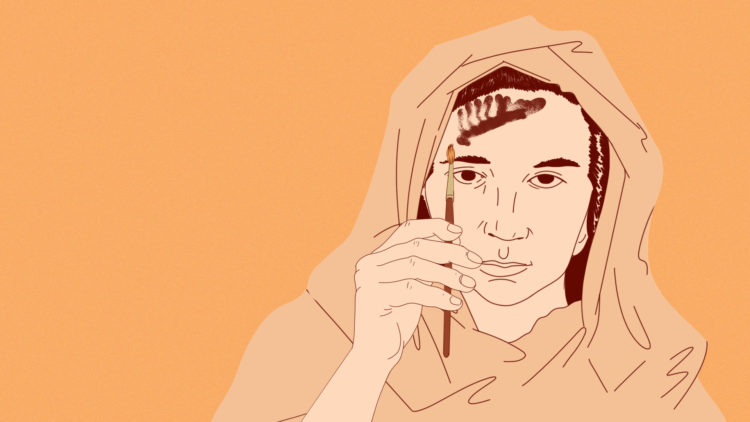
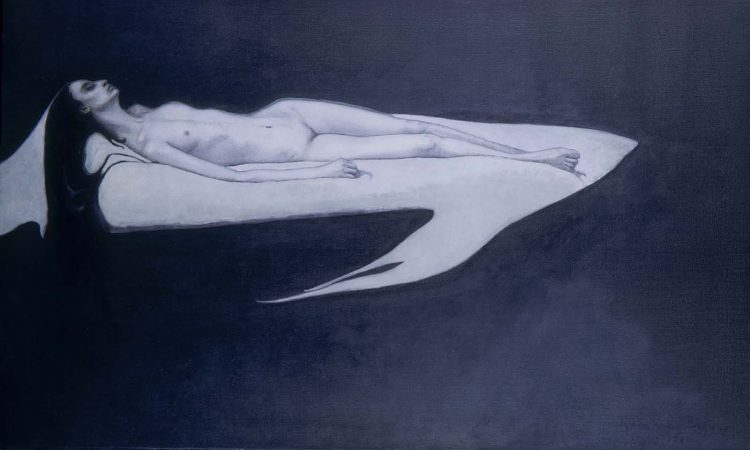
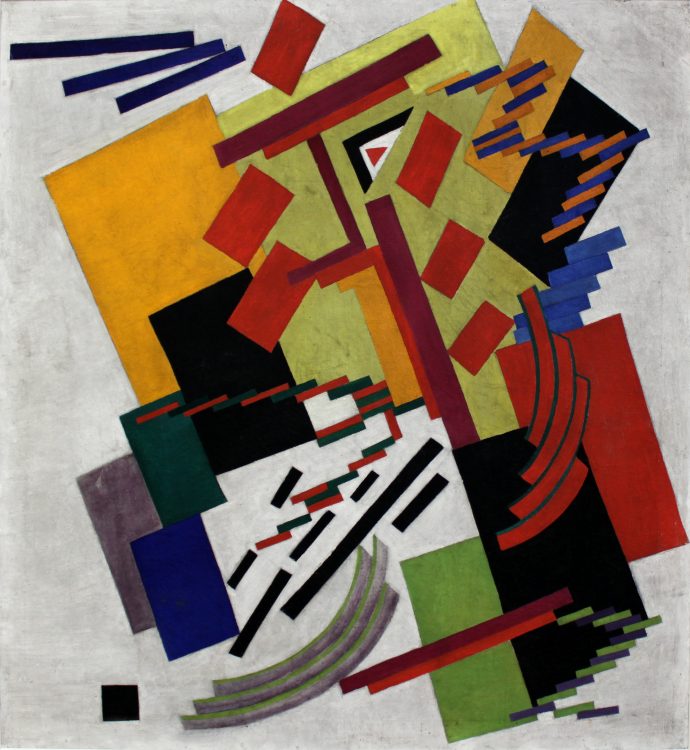
![Paroles d’artistes femmes [Words of Women Artists], 1869-1939 - AWARE](https://awarewomenartists.com/wp-content/uploads/2025/09/anthologie-1-aware-women-artists-artistes-femmes-1-750x509.webp)
